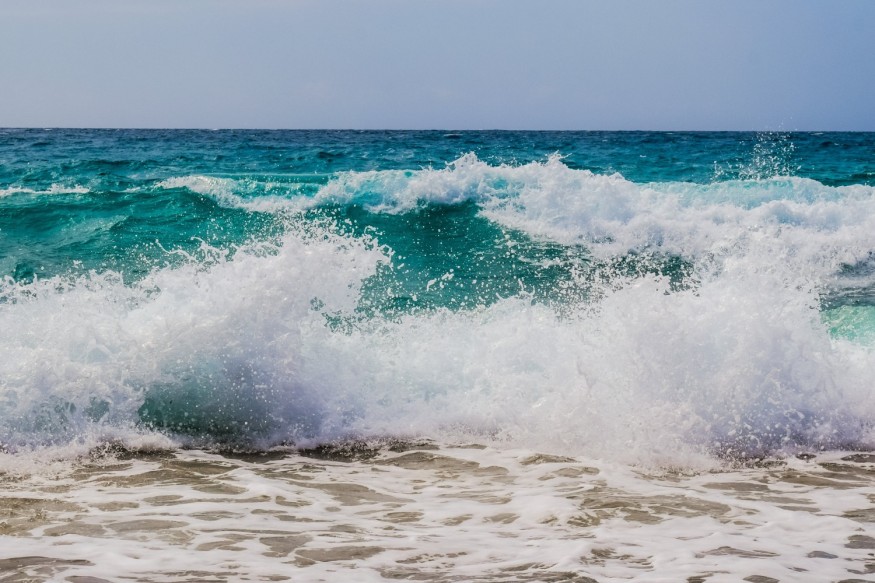Scientists sailed across the oceans in quest of finding exotic flora and fauna during the Age of Exploration. Now, scientists sampled microplastics by sailing the world's open waters using a tow net and flowmeter.

A multinational team of oceanographers led by Kyushu University academics has now calibrated and processed data from these trips to develop a publicly available dataset that can be used to better analyze the amount of microplastics in the world's waters as their long-term trends.
"Although microplastics have been seen since the 1970s, standardized data from throughout the world is still scarce," says Atsuhiko Isobe, professor at Kyushu University's Research Institute for Applied Mechanics and research leader.
"Our dataset contains actual concentrations of microplastics in the wild, which will aid researchers in determining the genuine impact of microplastics on aquatic creatures and the ecosystem.
Microplasics
Microplastics are tiny bits of deteriorated plastic smaller than five millimeters in size that may move hundreds of kilometers in the open sea and persist at varying depths below the ocean surface depending on their deterioration.
While numerous surveys have attempted to measure the number of microplastics in the ocean over the last 50 years, the combining and archiving of data has proven difficult due to differences in data collection methods and conditions, such as ocean turbulence, as well as counting and analysis protocols.'
Read also: Seafood's Secret Ingredient: Microplastic
Measuring Microplastics

The researchers gathered, calibrated, and gridded data from a total of 8,218 pelagic microplastic samples obtained from seas throughout the world between 2000 and 2019 to produce the new dataset, which was published in the journal Microplastics and Nanoplastics.
"To build standardized, state-of-the-art 2D maps of microplastic abundance, we collected published and unpublished data on microplastic distribution from throughout the world and calibrated to account for variables such as collecting technique and wave height," adds Isobe.
The researchers estimate that there are 24.4 trillion microplastic particles in the world's upper seas, weighing 82,000 to 578,000 tons (approximately 30 billion 500-ml plastic water bottles).
"While our research increases our understanding of the problem, the overall number of microplastics is likely to be substantially higher because this is simply what we can estimate on the surface," Isobe says. "We need to construct 3D maps exploring the depths of the seas and continue to fill the gaps in our information to acquire a fuller picture."
Oceanic Data

Microplastic data for the Indian Ocean and the waters around Southeast Asia, especially the South China Sea, is one gap. Furthermore, evidence on microplastics smaller than 300 micrometers or even on the nanoscale is lacking. This is due to a lack of field survey techniques for such polymers and equipment constraints and the mesh size of field nets.
Future polls, Isobe believes, will continue to fill in these gaps by employing standard protocols to make data sharing easier.
"While we are making progress, we still have a long way to go before we have a comprehensive picture of the fate of plastic trash and its impact on the ecosystem," Isobe says.
Related Article: New Report Shows How Covid-19 Pandemic Worsened Plastic Pollution
For more environmental news, don't forget to follow Nature World News! Drop here!
© 2026 NatureWorldNews.com All rights reserved. Do not reproduce without permission.





